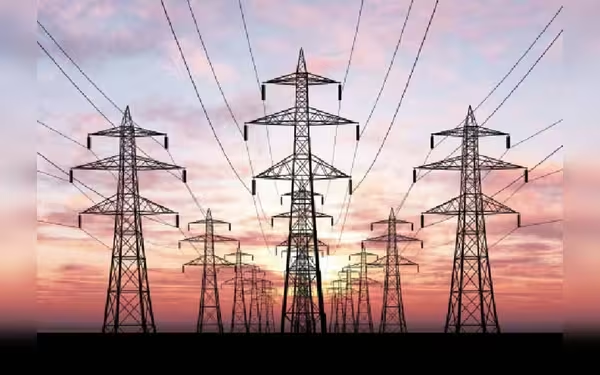Tuesday, July 2, 2024 04:49 PM
NEPRA Raises Electricity Tariffs to Cover Financial Commitments
- NEPRA increases electricity tariffs by up to Rs3.76 per unit
- Rise in rates linked to financial commitments for power plants
- Importance of balancing investment in power infrastructure with consumer affordability
 Image Credits: tribune.com.pk
Image Credits: tribune.com.pkNEPRA has raised electricity tariffs in Pakistan to cover financial commitments, highlighting the challenges and importance of sustainable energy policies.
The National Electric Power Regulatory Authority (NEPRA) has recently announced an increase in electricity tariffs by up to Rs3.76 per unit. This adjustment is part of the quarterly review process that the authority conducts to ensure the sustainability of the power sector in Pakistan. The rise in rates can be traced back to financial commitments made by the previous government to establish several power plants across the country. These agreements included guarantees to purchase the electricity generated by these plants, which has now resulted in higher costs for consumers.
As a result of these financial obligations, NEPRA has deemed it necessary to raise the tariffs to cover the expenses incurred from these commitments. This increase will impact consumers across the country, who will now have to pay more for their electricity consumption. The rise in tariffs highlights the challenges faced by the power sector in Pakistan and the need for sustainable energy policies to ensure affordable and reliable electricity supply for all citizens.
The increase in electricity tariffs in Pakistan underscores the importance of prudent financial planning and policy-making in the energy sector. It is crucial for the government and regulatory authorities to balance the need for investment in power infrastructure with the affordability of electricity for consumers. Moving forward, it is essential to prioritize sustainable energy solutions that can meet the growing demand for electricity while keeping costs reasonable for all stakeholders.













